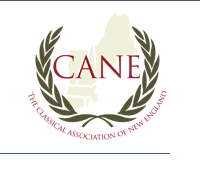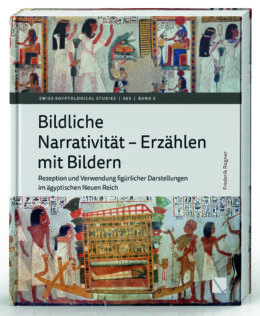Since 1880, American Journal of Philology (AJP) has helped to shape American classical scholarship. Today, the Journal has achieved worldwide recognition as a forum for international exchange among classicists and philologists by publishing original research in classical literature, philology, linguistics, history, society, religion, philosophy, reception, and cultural and material studies. Book review sections are featured in every issue. AJP is open to a wide variety of contemporary and interdisciplinary approaches, including literary interpretation and theory, historical investigation, and textual criticism.
Open Access Issues:
- Volume 146, Number 1 (Whole Number 581), Spring 2025
-
Volume 145, Number 4 (Whole Number 580), Winter 2024

- Volume 144, Number 4 (Whole Number 576), Winter 2023

See AWOL's full List of Open Access Journals in Ancient Studies












